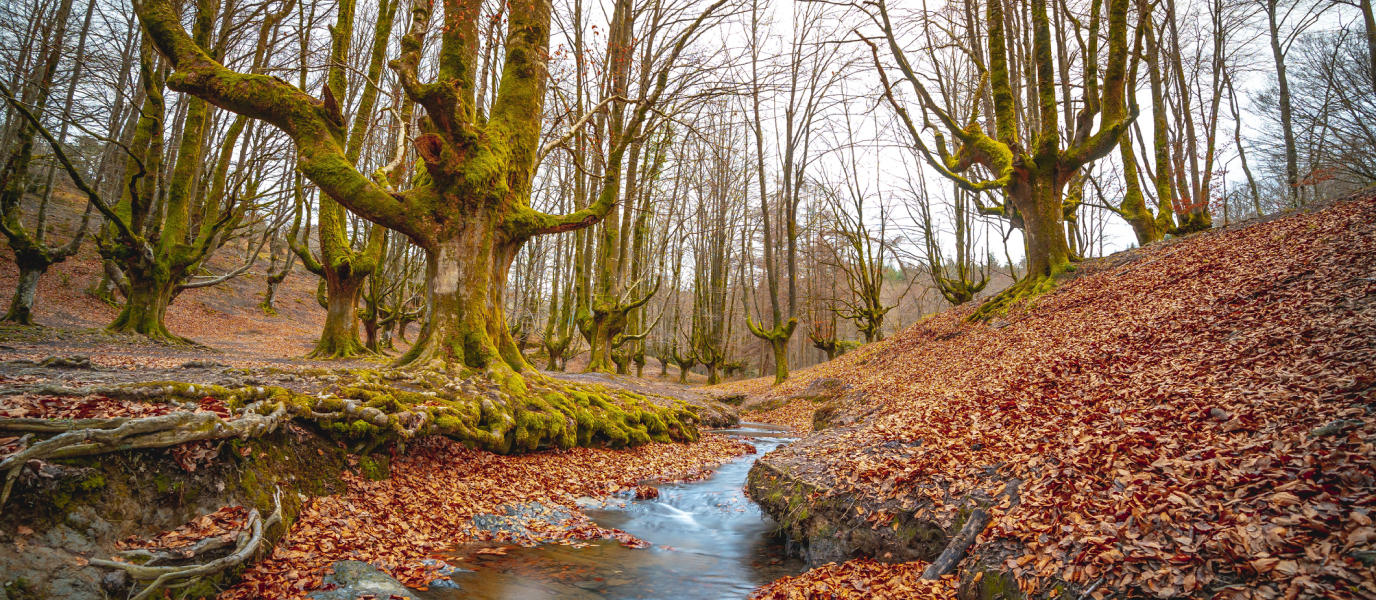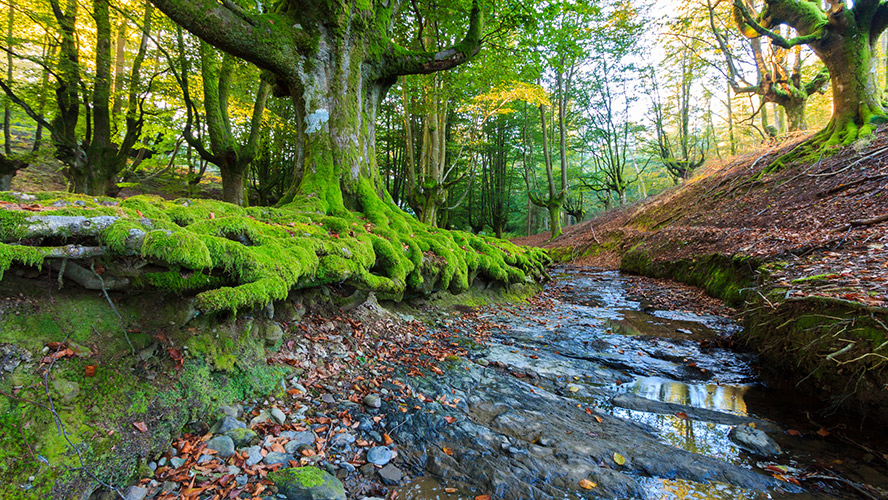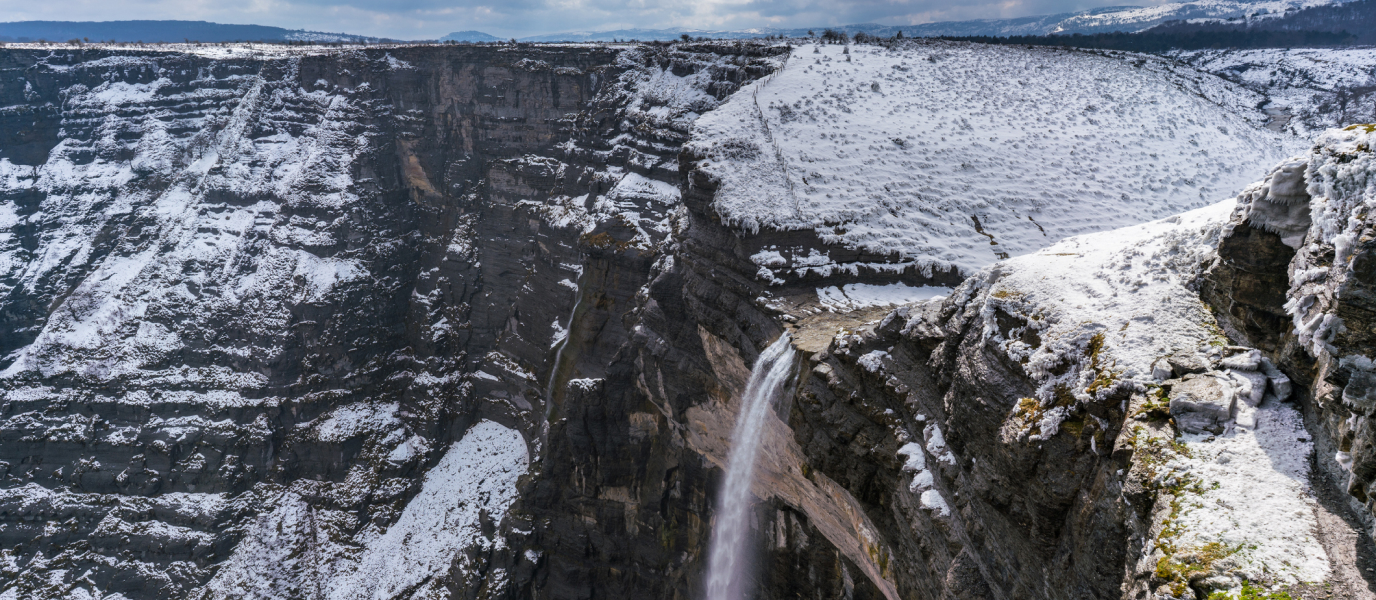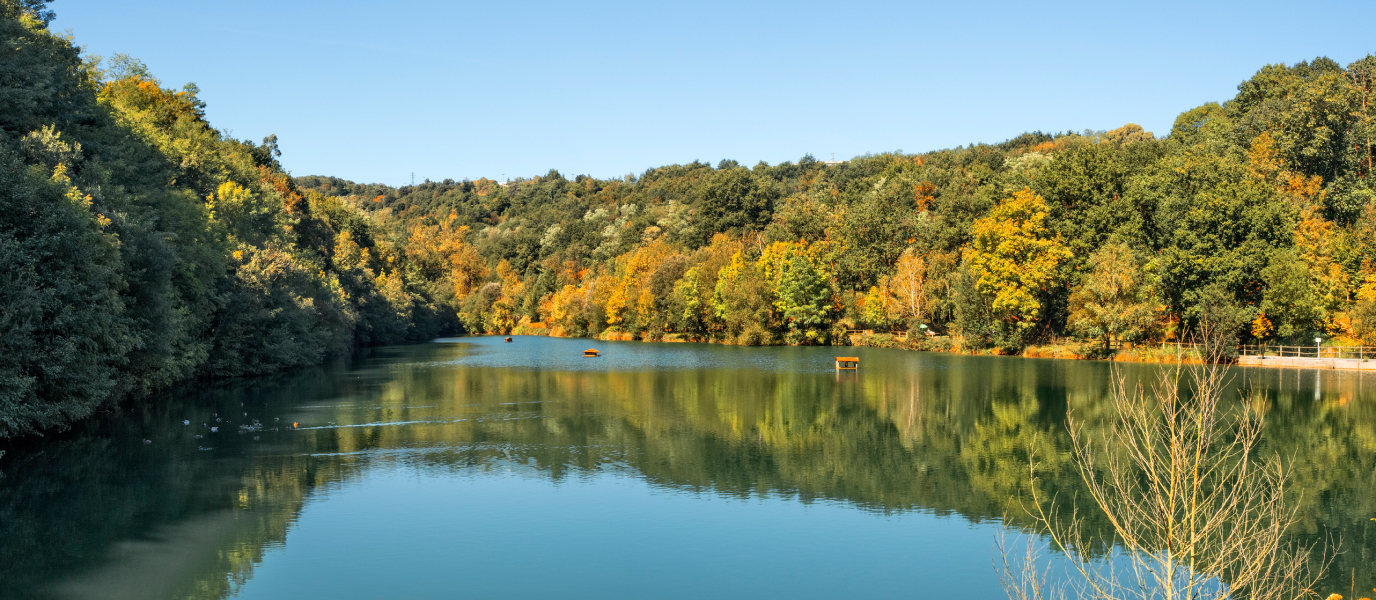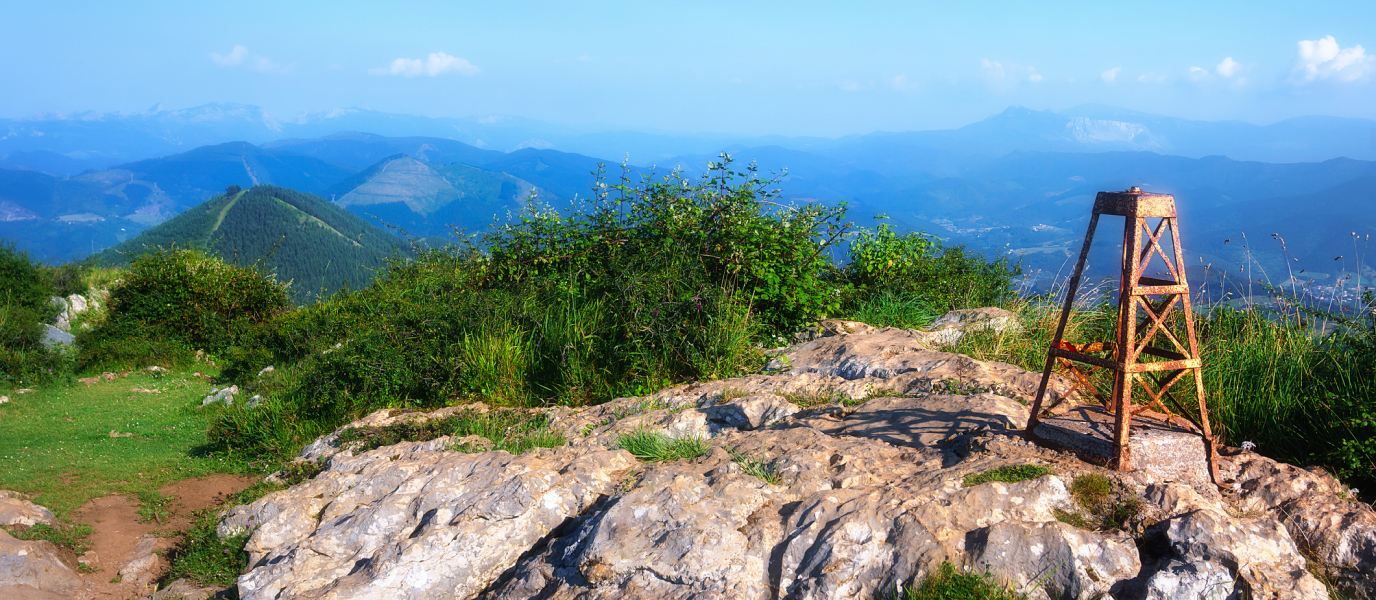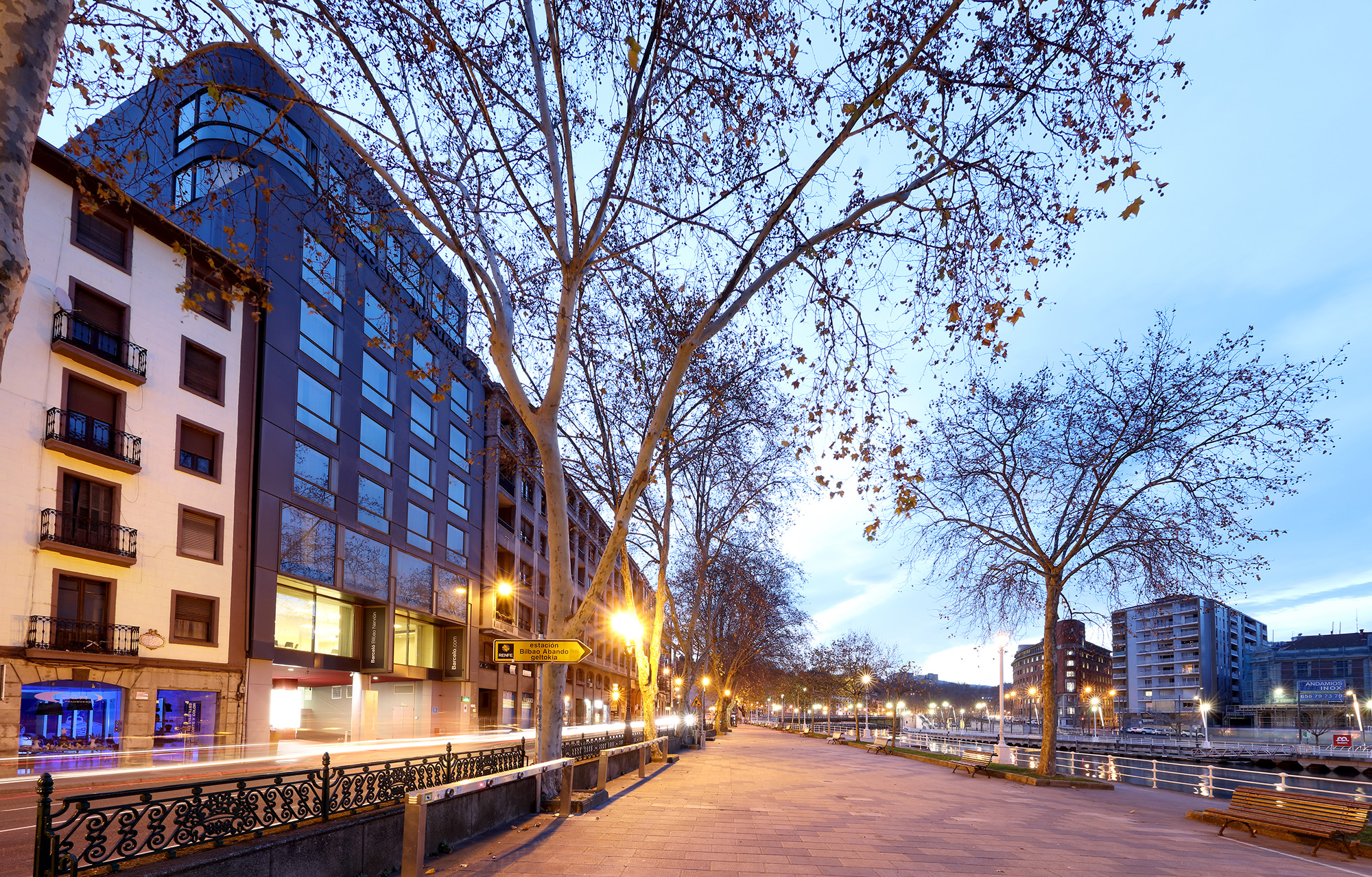The Otzarreta Beech Wood is said to be one of the most beautiful forests in the world. It lies within the Gorbeia Natural Park, and is a place of magic and enchantment that wraps visitors up in an air of peace and reverie. The centuries-old beech trees that populate this area and the meandering course of the river Zubizabala which crosses it make the Otzarreta Beech Wood [Hayedo de Otzarreta, in Spanish] an extraordinary natural spectacle, whose appeal is enhanced by the murmur of the water and the song of the birds that inhabit it.
The Hayedo de Otzarreta is not a large wood, and can be toured in just 15 minutes. It lies exactly on the border of the provinces of Vizcaya and Álava, at the emblematic Barazar Pass, at an altitude of 606 metres, in the direction one would take to reach the Humedal de Saldropo [Saldropo Wetland]. This is an area of great natural wealth, part of the Biscayan town of Zeanuri, in the Arratia valley and, thanks to its beauty, one of the most cherished spots of inland Vizcaya.
- The natural context of the Beech Wood of Otzarreta
- Hiking trails and what to do on your visit
- How to get there from Bilbao
- Things to see nearby
The natural context of the Beech Wood of Otzarreta
It is important to note that it was the carboneros [charcoal burners], members of a profession that has almost died out, who shaped most of the beech trees to be found in forests near urban settlements in the Basque Country. It was they who, from September onwards, cut back the beech trees in order to prepare fuel for the charcoal kilns. This changed the beech trees from their natural state, and they became coppiced — an oddity that visitors will observe in the Otzarreta Beech Wood.
Coppiced beeches differ in their appearance from normal beeches. Normally, the first 2 or 3 metres of the trunk are thicker, and the branches grow from that height, close to the old scars left from being repeatedly cut back by the carboneros. The cut wood was taken to charcoal kilns to produce wood charcoal for use in the metallurgy industry. When the industry went into decline in the Basque Country, so did the occupation of carbonero, which has now almost disappeared.
Hiking trails and what to do on your visit
If you want to see the areas around the Otzarreta forest, the best plan is to visit the interpretation centres run by the Gorbeia Natural Park on both the Vizcaya and Álava sides. As the Otzarreta Beech Wood lies on the Biscayan side of the Park, the Areatza interpretation centre is the better choice, as it is only a 10-minute drive from the beech wood. The Parketxe de Areatza will give you information about everything you can see and do during your stay in the Natural Park.
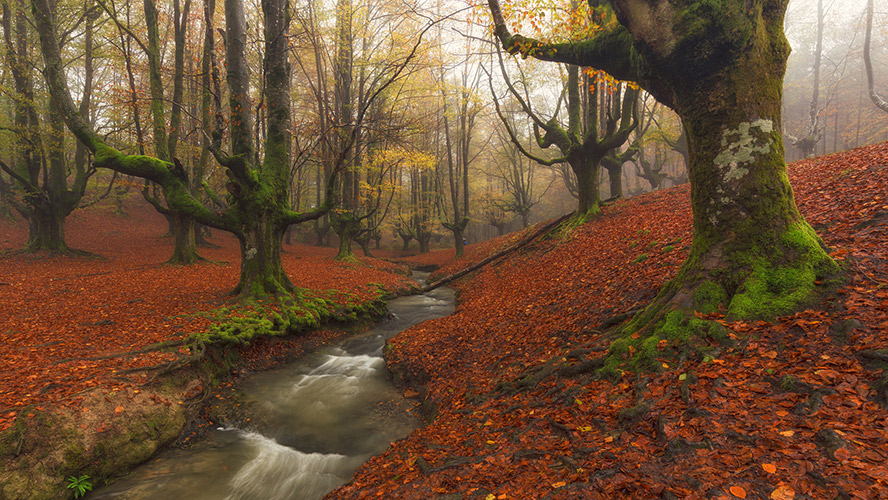
How to get there from Bilbao
To travel to the Otzarreta Beech Wood, you need to follow the N-240 road up to the Barazar Pass [Puerto de Barazar]. Visitors from Bilbao use the same road as those arriving from Vitoria-Gasteiz. Once you arrive at the pass, you will see buildings to your left and to your right, but you need to make your way to the side where you see the Bengoetxea bar. To the left of this establishment, there is a concrete forest track in excellent condition that leads to any of the four car parks around the Otzarreta Beech Wood.
Things to see nearby
Close to the Otzarreta Beech Wood is Saldropo, a wetland covering 3 hectares, which is another of the area’s most visited spots. From here, visitors can follow hiking trails of various degrees of difficulty, or hold barbecues with family and friends — next to the car park, in the shade of the trees, there are tables, barbecues and water fountains for public use. The simplest hiking trail that every visitor can manage is the one that skirts the wetland, and which begins and ends at the car park. It is, naturally, a wet place, as water is essential to safeguard the rich habitat there.
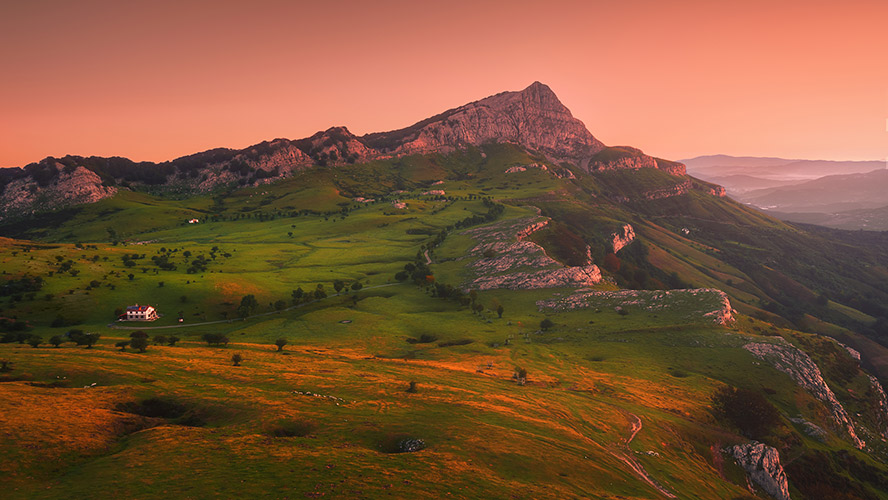
We should point out that Mount Gorbeia, whose summit can be seen from the glades of the Otzarreta Beech Wood, is one of Vizcaya’s 5 beacons. And what are the beacons? These were the sites where bonfires were lit and horns sounded to summon people to General Assemblies.

























































